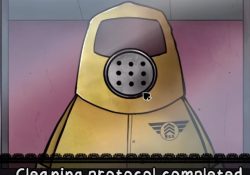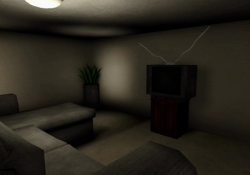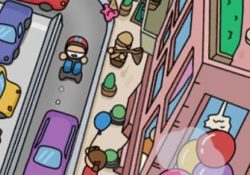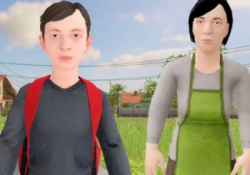That’s Not My Neighbor Campaign Mode places the player in a high-stakes job that stretches across several consecutive workdays. You step into the role of a doorman tasked with identifying and stopping doppelgangers from entering an apartment building. Unlike the standard mode, this version focuses on long-term decisions and consequences. Each day introduces new challenges, and your mistakes don’t reset—they stay with you. If a resident goes missing or is replaced, their absence is permanent. Each shift feels more intense as the pressure to keep the building safe grows.
Rules That Shift with Each Morning
At the start of each day, you’re handed updated information—news clippings, reports, or alerts from the D.D.D. Your job is to study the materials and apply them while dealing with incoming visitors. The doppelgangers become smarter, and their disguises more convincing. You’ll need to check ID photos, note facial structure, match names to watchlists, and remember which neighbors have already disappeared. By midweek, side events appear—unexpected mini-games or strange visitors add complexity, pushing you to stay alert at all times.
What You’ll Encounter in Campaign Mode:
- A multi-day structure with saved progress
- A changing list of residents and occasional new faces
- Increasingly deceptive doppelganger behavior
- Side encounters that test observation and memory
- Multiple branching endings depending on your accuracy and judgment
The Weight of Your Choices
Each decision in Campaign Mode carries forward. A neighbor mistakenly allowed in might not come back the next day—or may come back wrong. Choosing to call the authorities or let someone pass changes the flow of future shifts. The experience becomes less about quick pattern recognition and more about paying attention to subtle details. As the days pass, the atmosphere shifts. What felt like a routine job on day one begins to feel like a delicate balancing act between safety, suspicion, and responsibility.
A Week With No Easy Answers
Campaign Mode transforms That’s Not My Neighbor into something more than a pattern-matching game. It becomes a quiet narrative built through repetition, tension, and the growing unease of not knowing who to trust. The conclusion you reach depends entirely on your ability to observe, remember, and decide when to act. It’s a slow-burn experience that turns routine into suspense and turns the simple job of a doorman into something much more complex.




























